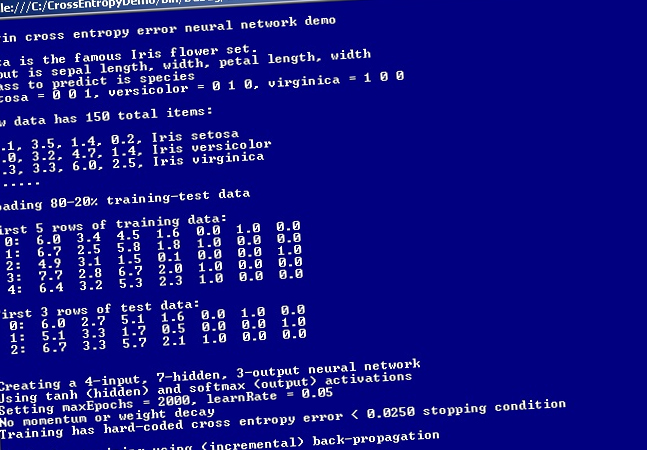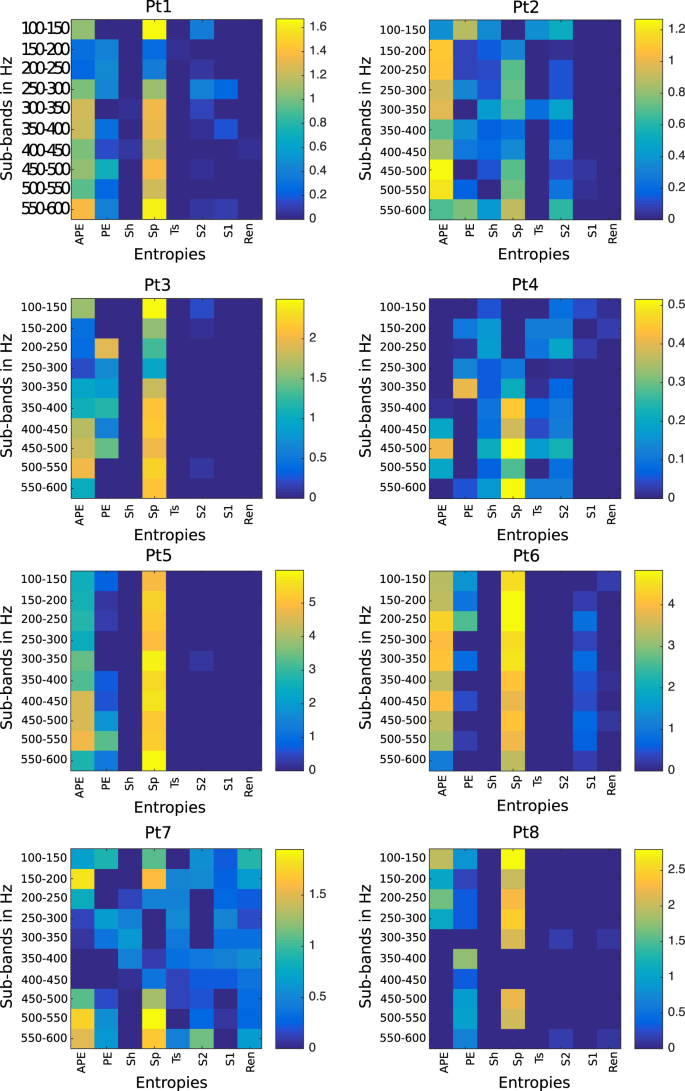

Finally, we show how the ants’ interaction rules may optimize a trade-off between fast dissemination and efficient mixing. This rule leads to a robust blending process: i.e., neither the exact food volume that is transferred, nor the interaction schedule are essential to generate the global outcome. We show that mixing is controlled by the ants’ interaction rule which implies that only a fraction of the maximal potential is actually transferred. Using entropic measures to quantify food-blending, we show that while collected food flows into all parts of the colony it mixes only partly. To gain better understanding into this process we used fluorescence imaging to measure how food from a single external source is distributed and mixed within a Camponotus sanctus ant colony. The global effect of this exchange is not well understood. The vast majority of colony members do not forage independently but obtain their food through secondary interactions in which food is exchanged between individuals. Sharing food between communal stomachs allows the colony as a whole to get its food requirements and, more so, allows each individual within the colony to reach its nutritional intake target. In particular, each individual within the ant colony has a “communal stomach” which is used to store and share food with the other colony members by mouth to mouth feeding. One of the most striking natural examples of a highly successful cooperative society is the ant colony which often acts as a single superorganism. Both the process by which goods are to be distributed, and the resulting allocation to the members of the society may affect the success of the population as a whole. Linschitz, H., in Essays on the Use of Information Theory in Biology (University of Illinois Press, 1953).Allocation of goods is a key feature in defining the connection between the individual and the collective scale in any society.

(Academic Press, New York, 1962).Ĭarnap, R., and Bar-Hillel, Y., Brit. E., and Weaver, W., The Mathematical Theory of Communication (University of Illinois Press, 1949).īrillouin, L., Science and Information Theory (Academic Press, New York, 1956).īrillouin, L., Science and Information Theory, second ed. Lwoff, A., Biological Order (MIT Press, 1960). One avenue of enquiry which offers hope in this situation would seem to be the information theory analogy. There are two problems here: first, the definition and quantization of the information content of the genome and, second, the nature of its relationship to the thermodynamic entropy content. Stated in a more general way, this is the problem of the relationship between the amount of developmentally meaningful organization in the genome (we will call this the information content) and its entropy content.

ENTROPY MAGAZINE CODE
A single alteration in the relative positions of adjacent nucleotide bases could convert a crucial part of the genome code to nonsense so that its capacity to support development was lost, but this could occur without an increase, indeed even with a decrease, in the thermodynamic entropy content of the genome molecules 5. log D where k is the Boltzmann constant and D is a measure of the atomic disorder.

The thermodynamic entropy content of these molecules is a function of the arrangement of the atoms, conventionally expressed as k.
ENTROPY MAGAZINE SERIES
The genome may be regarded as a series of DNA molecules functioning as templates. But what is the evidence that those eggs which are “most likely to grow and repeat the reproductive process” are those whose genomes have a lower entropy content than those of the parents ? It is at this point that the author merely evades one of the most important questions at issue in the earlier correspondence 2–4. What follows in Campbell's communication is unexceptionable provided that this sentence is true. There follows the crucial sentence: “These remarkable ones are most likely to grow up and repeat the reproductive process”. On one tail of this distribution curve will be a small percentage of eggs with an entropy content equal to or less than that of the parents. This is attempted by recourse to the example of a codfish laying a million eggs the entropy content of whose genomes shows a normal distribution about a mean value in accordance with the second law of thermodynamics. CAMPBELL'S expressed aim 1 is “to describe the entropy pump whereby the species of living matter not only prevent a drop into a position of greater positive entropy at each generation, but may in fact acquire more negentropy as their reproduction continues”.


 0 kommentar(er)
0 kommentar(er)
